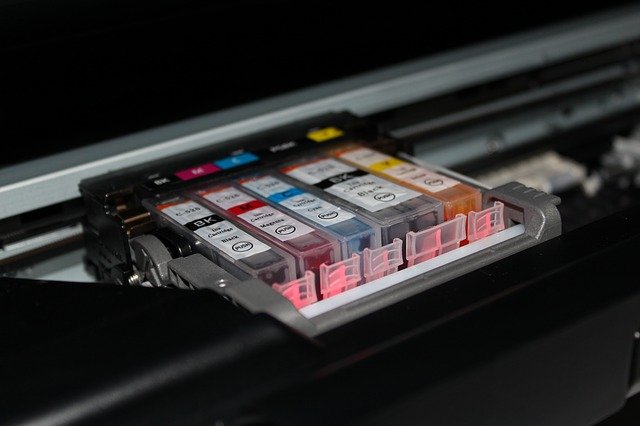Did you know that printer ink in cartridge form is more expensive than vintage champagne? The prices for the original HP supplies may be puzzling. Some consumers even wonder if buying a new inkjet printer is cheaper than purchasing new ink. Naturally, this is a terrible idea in terms of sustainability, and there are affordable alternatives to OEM products.
Initially, printer ink was made of water and food dye. It faded after several months, so the manufacturers developed products providing permanent photographic quality. Hewlett Packard is credited with creating the first mass-market inkjet printer. Today, like Canon or Brother, the company advises customers against third-party supplies. Still, you can find any ink, including HP 65 ink, at independent stores, and the prices are much more attractive.
Razor and Blades
HP released the first inkjet printer for retail sales in 1988. Back then, the machine cost around $1,000. Now, you can get a low-end model for under $100. While the prices for the equipment have plunged, the prices for the ink have always been high.
The logic is simple, and it is similar to sales of razors and blades. The printers are sold at their break-even point or a loss. The consumables are costly, so the buyers are trapped in a cycle. Fortunately, big printer brands do not have a monopoly on supplies anymore.
How to Save Money
There are several ways to avoid buying expensive OEM cartridges every time. These include buying a compatible product, getting a manufactured cartridge, or refilling the one you have used. The alternative cartridges may provide the same printing quality at a low cost. They are known as “generic” or “aftermarket” cartridges.
1. Compatible Cartridges
These products are designed and produced by independent brands like Smart Ink. Despite fitting popular printer models, they emulate, not copy, the original supplies. Minor differences let producers avoid violating the patent protection laws.
2. Remanufactured Cartridges
Another way to produce a cheaper product used to take an original cartridge and fill it with fresh ink. The process includes disassembly, emptying, cleaning, replacement of any elements if necessary, injection of new ink, and assembly. Reliable providers test the cartridges at every stage to make sure they work flawlessly.
This option is particularly attractive to consumers focused on sustainability. Reusing the original cartridge shells reduces waste. You can order such products online with free shipping and extensive warranties. Note that quality may vary, so look for respected providers with a positive reputation.
Finally, you could find an outlet where your old cartridge can be refilled. This is the least convenient option, as you have to physically transport your product, spend time, while the quality will depend on the ink and the skills of the refiller.
Final Words
While printer ink is outrageously expensive, the aftermarket provides cheaper and more sustainable alternatives. When shopping, look for a 2-year warranty and compliance with quality standards like ISO.







Recent Comments